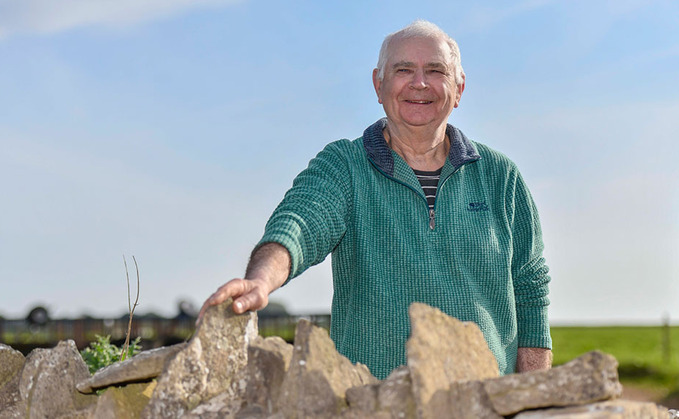
With a lifelong passion for farming, Richard Elcock looks back on his 50 year career with the Hawking family. Rebecca Jordan meets him to find out just how much has really changed. FIFTY years ago,...

With a lifelong passion for farming, Richard Elcock looks back on his 50 year career with the Hawking family. Rebecca Jordan meets him to find out just how much has really changed. FIFTY years ago,...